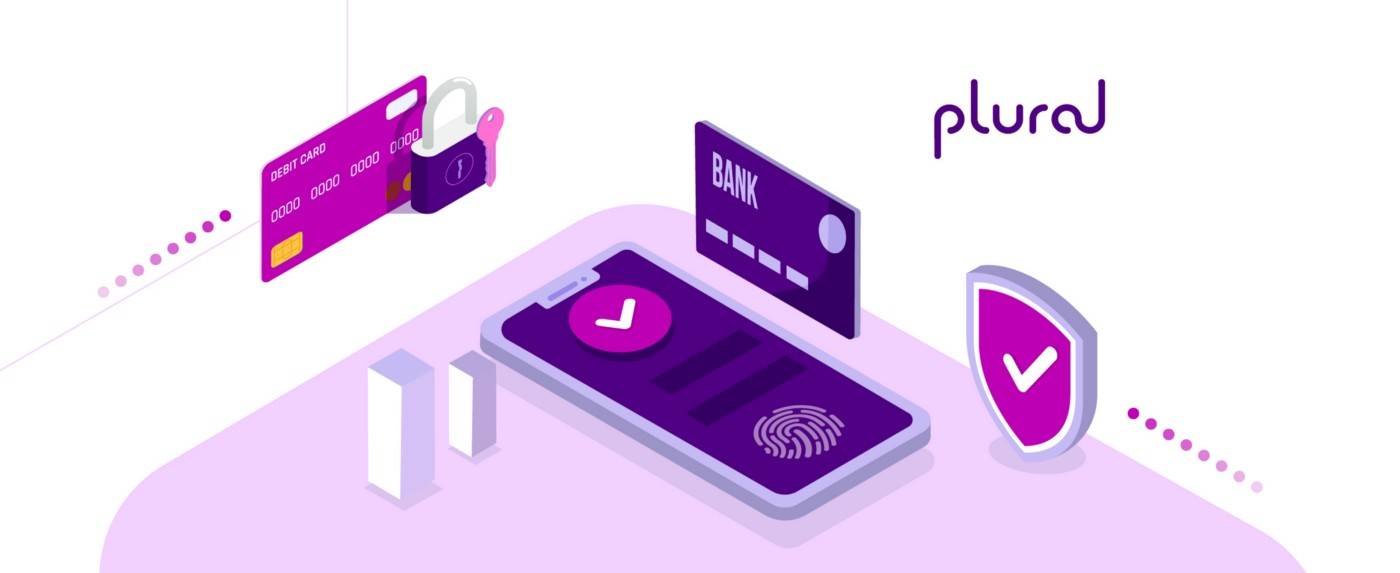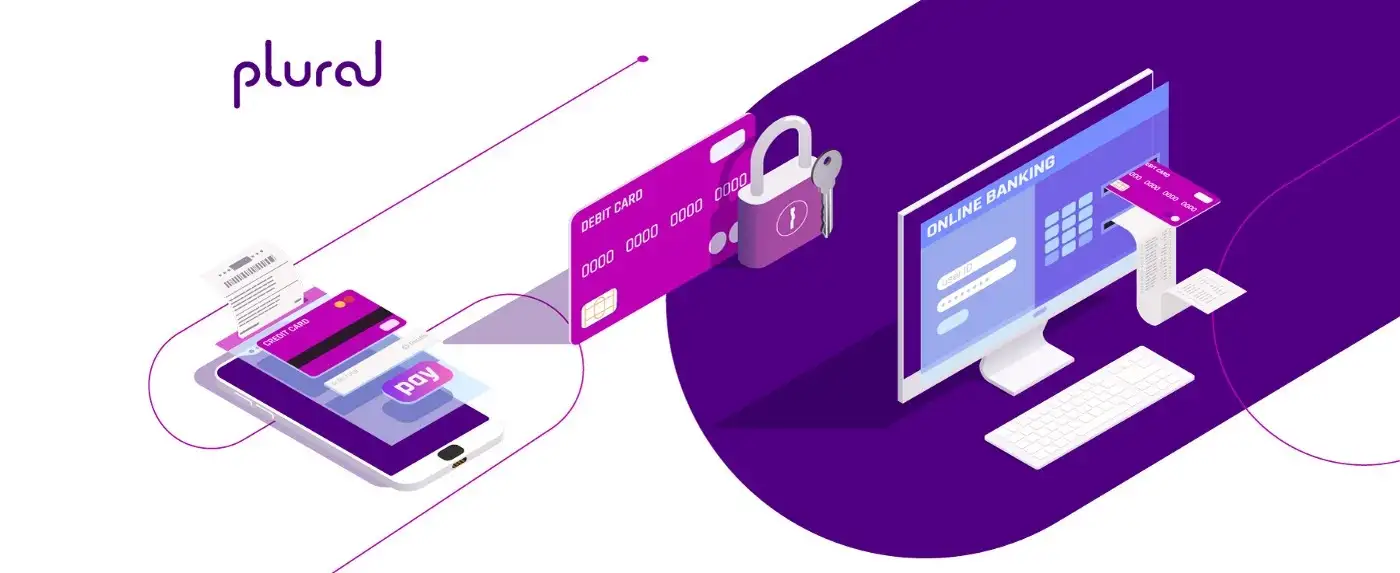The financial ecosystem in India and worldwide has traditionally been inaccessible for millions of consumers. Financially excluded customers are unable to access financial services such as banking, access to credit and insurance, and investments.
They also miss out on the advantages of non-financial services such as eCommerce. However, digital transformation in economies like India is disrupting the status quo.
2022 saw 89.5 million real-time digital transactions recorded in India alone. This figure accounted for 46% of global digital payments. Undoubtedly, the reduced costs of mobile phones and data and the launch of networks like the Unified Payments Interface (UPI) have nudged more consumers to transact online.
However, technological innovation in payment solutions is also a game-changer. This phenomenon is accelerating financial inclusion while driving revenues for businesses.
Let’s understand how businesses can build inclusion into their payment infrastructure and, in turn, reach wider audiences and boost profitability.
What is financial inclusion in business?
Financial inclusion is a systematic and strategic process through which financial products and services are made more accessible to various entities.
This process comes with the following nuances:
- The beneficiaries of financial inclusion include both individuals and businesses. For instance, low-income segments of consumers and medium, small, and micro Enterprises (MSMEs) have been traditionally underserved in the financial ecosystem.
- Products and services must be made accessible in channels where underserved audiences are active. However, many businesses merely invest their efforts to migrate them to desired channels convenient to the organization offering the products and services.
- The cost of products and services must be made affordable to help accelerate customer growth.
- Another important point is that products and services and the mode of access must be made relevant to a customer’s real-time needs. A one-size-fits-all approach may not work since customer needs are so diverse.
Let’s understand the impact of innovative payment solutions on financial inclusion.
Key payment strategies powering financial inclusion
Today, the payments domain is seeing extensive innovation, and financial inclusion is a key outcome of these shifts.
Here is a snapshot of payment strategies that are fuelling ways to convert more internet users into paying customers:
Buy now, pay later
Buy Now Pay Later (BNPL), also referred to as point-of-sale loans, is an option that allows online shoppers to purchase by only paying a percentage of the price.
The remaining payment will be made later, per the specified terms and conditions. Customers who do not own credit cards can get instant access to the BNPL option and go ahead and make a purchase.
Embedded lending
If a customer wants to purchase and pay for a product or service online in installments, then they typically need to take a personal loan. This is a cumbersome process, which may take days to be approved.
Instead, businesses can integrate embedded lending into their eCommerce platforms. This payment option offers Equated Monthly Installments (EMI) loans at the point of sale, thus building convenience for the customer while helping to drive revenues for the business.
Payment link strategy
This payment option allows businesses to generate a unique payment link within a consumer’s channel choice. Channels include messaging apps, social media, SMS, or email.
The customer just needs to click on the link and pay via the payment mode they choose – from credit cards, Internet banking to UPI. This is a secure, seamless, and hassle-free way for customers to pay without visiting an eCommerce app or website.
How financial inclusion benefits the bottom line
Businesses need to understand that financial inclusion is not merely a social purpose. It’s also good for business.
Today, businesses – from eCommerce platforms to subscription enterprises – are looking to cut costs and increase revenues and profitability.
Financial inclusion, powered by superior payment solutions, helps accelerate these outcomes.
Reach the last customers
The introduction of affordability options, for instance, can help businesses expand their customer demographic by making their products and services accessible to audiences across all segments. They can reach the last customer rather than only cater to a few segments.
Grow customer loyalty
Customers without credit cards are nudged to purchase products and services of larger ticket sizes, as they can access credit via EMIs and BNPL.
By encouraging return business from diverse audiences, businesses can increase customer lifetime value (CLV) and grow customer loyalty.
Turns all channels into point of sale
Newer internet users may be limited to engaging on messaging apps and social media. They may not be comfortable visiting eCommerce apps or websites.
Through the usage of high-trust payment links, businesses can nudge such consumers to become paying customers.
Small and micro businesses also benefit
Small and micro-sized businesses need not invest in building an app or website to market their products.
They can build their social media footprint or start a messaging app broadcast list and turn these avenues into points of sale through payment links.
Conclusion
Lack of financial inclusion is bad for businesses as much as it is for individual consumers. On the other hand, innovative payment solutions enable businesses to reach more customers and simplify the payment process.
They help businesses deliver greater value to customers based on their real-time needs. Hence, businesses need to integrate technological innovations such as payment gateways into their tech infrastructure and be prepared to do business with the last customer.
Setu UPI DeepLinks helps businesses seamlessly create links with the specific payment amount and share them with customers in their channel of choice – from messaging apps, social media, and email to SMS.
Businesses can also embed a no-code button or print a QR code based on the shopping context. The payments process is fully automated, building a secure, hassle-free, and high-trust experience for businesses and consumers.
Plural Gateway, a comprehensive payments solution, enables instant payments through a single, unified interface. Customers can enjoy a high-trust, seamless payment experience.
Plural enables financial inclusion by allowing businesses to offer low-cost and no-cost EMIs and various other discounts and offers through the Affordability Suite. Through the Affordability Suite, businesses can make expensive items more affordable to their customers through various payment options. Plural Gateway is also backed with industry-standard security systems to protect customer data.
With Plural Gateway, businesses can access a hassle-free integration experience and round-the-clock tech support. To learn more about Plural Gateway, write to us at pgsupport@pinelabs.com.
Plural by Pine Labs has received an in-principle authorization from the Reserve Bank of India (RBI) to operate as a Payment Aggregator.

Amrita Konaiagari is a Marketing Manager at Plural by Pine Labs and Editor of the Plural blog. She has over 10 years of marketing experience across Media & Tech industries and holds a Master’s degree in Communication and Journalism. She has a passion for home décor and is most definitely a dog person.



